You Keep Us Moving – Burney
You Keep Us Moving – Burney
I had the pleasure of meeting Burney Reid and helped to put this video together. A nicer, more dedicated guy you couldn’t meet. Burney is a member of the Coast Mountain Bus Company road crew. As he points out in the video, he’s been a mechanic working on buses for twenty years!
Roughly seven years ago, CMBC started the Road Crew to avoid towing buses with small technical issues back to the garage. Instead, the Road Crew fixes issues on the road — flat tires, doors not working correctly and other minor issues. Fixing issues of this nature on the road decreases the customer impact.
Burney uses words like “triage” and “first responders” when he describes what he does. In the past, if a bus had an issue like a broken mirror, an operator might have had to leave their route and return to their depot to have it fixed. That of course disrupts riders journeys and is costly since another bus would need to be put in service. With the CMBC Road Crew, quick repairs can be made and a bus can get back on their route, often with minimal to no delays in service.
Let us know what you think of the video and if you have any questions about the Road Crew. We’ll pass them on and get them answered!



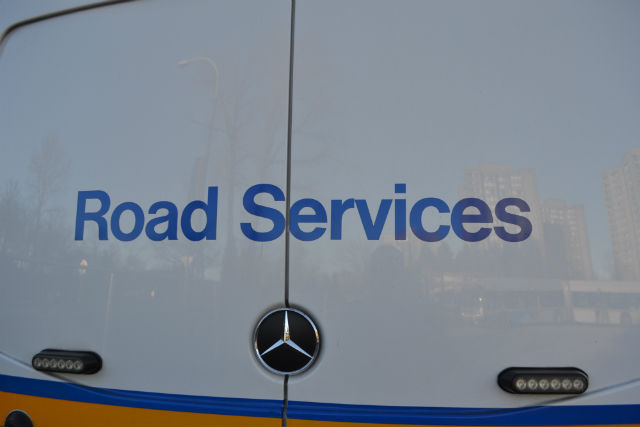
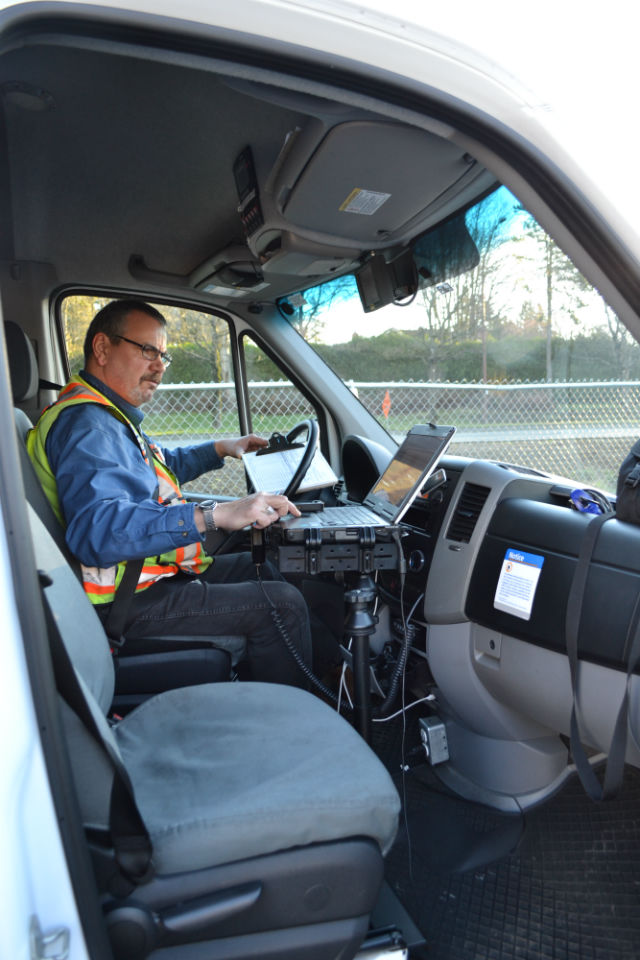
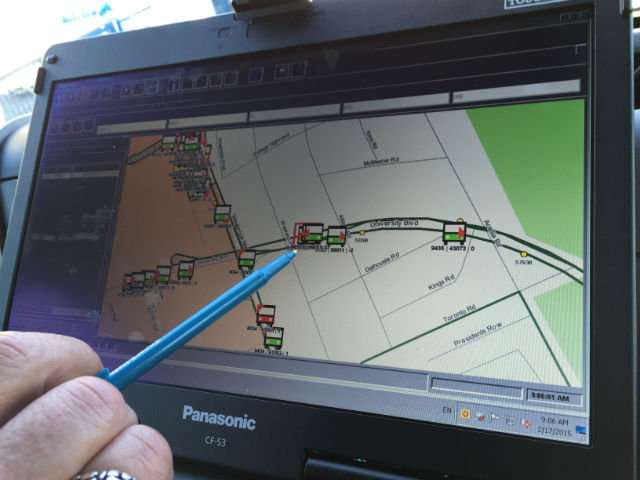
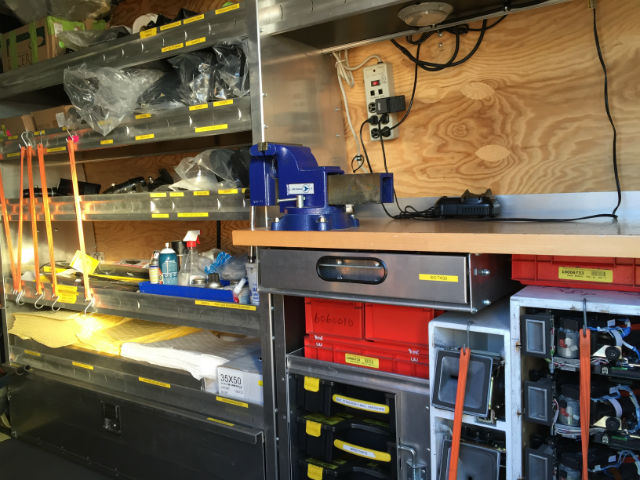
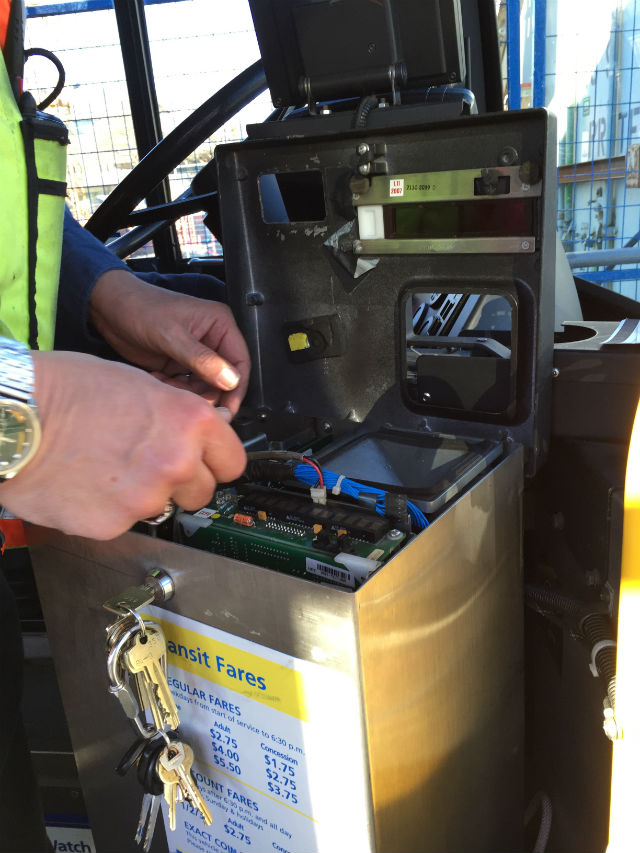
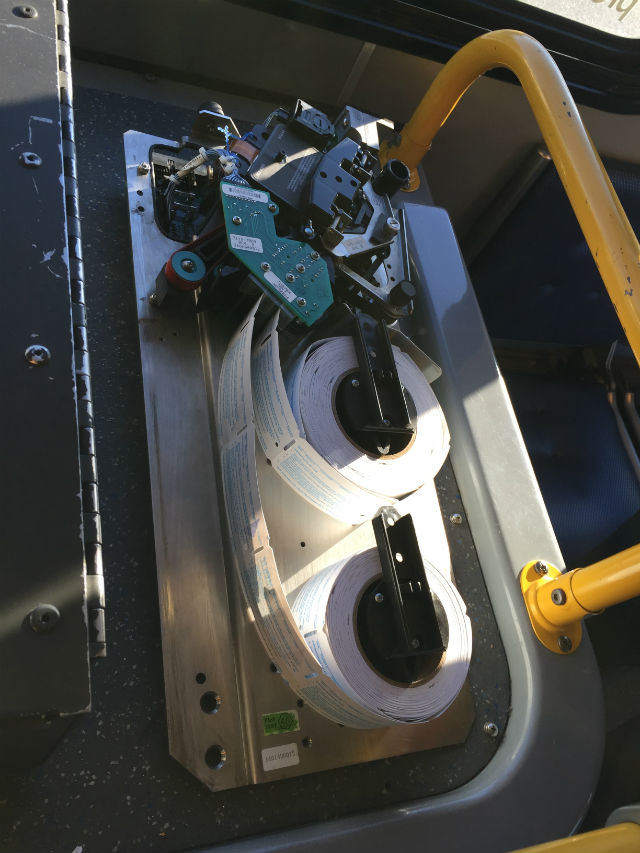
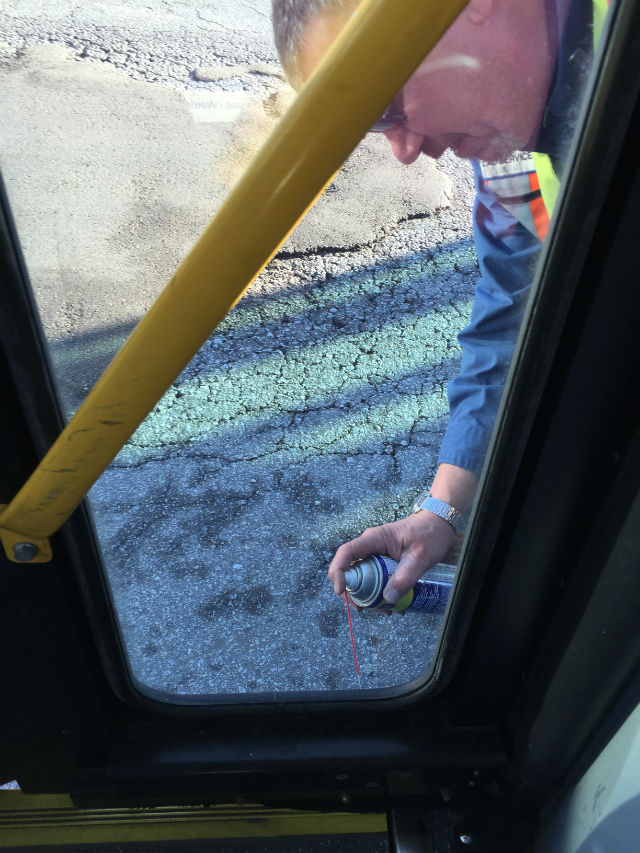
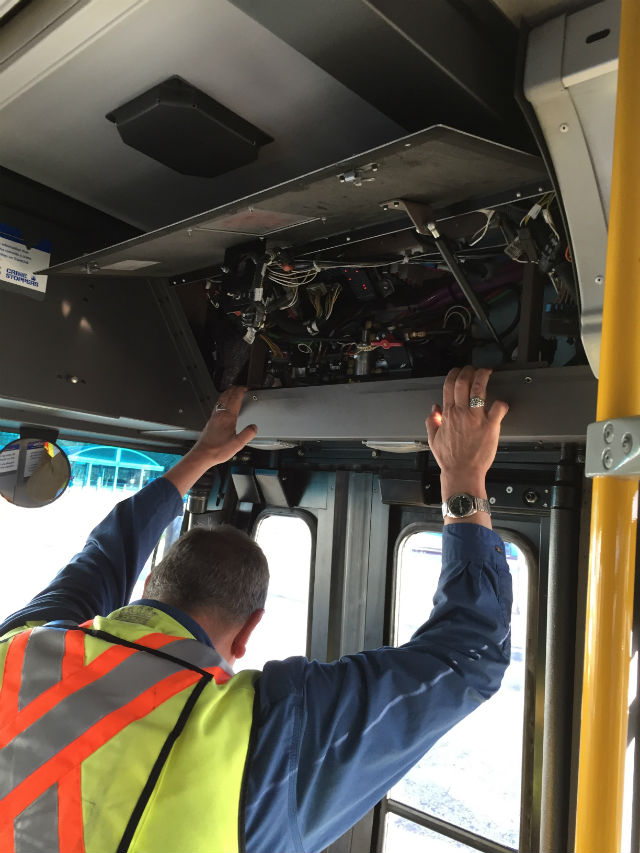
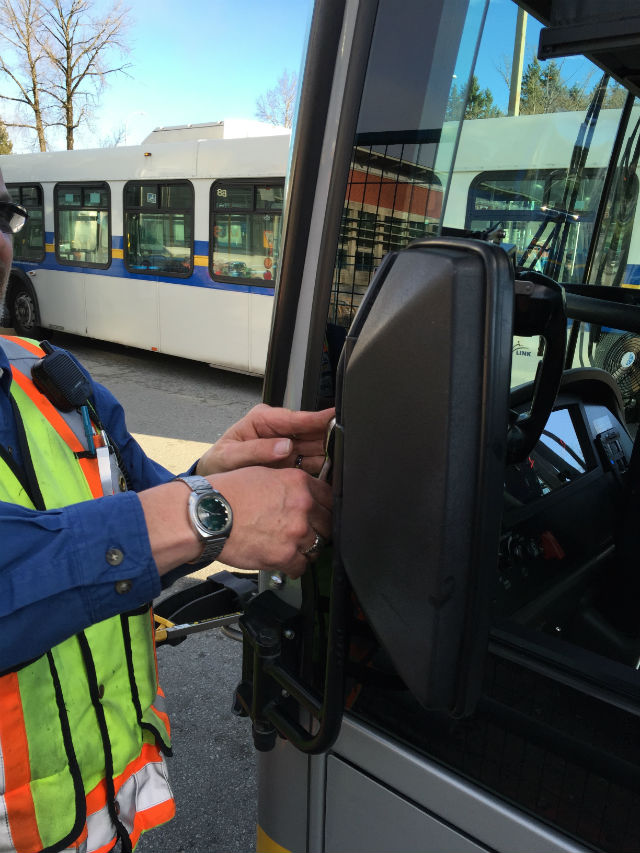




Suppose the problem is a flat tire. Do they have some sort of sealant in the road services truck to fix the flat, or do they try inflating first? If not, do they have to tow for a blown tire, cause I assume you can’t just jack up a bus to replace a tire.
I’ve seen road services at bus loops and other areas doing repairs such as replacing burnt out light bulbs, fixing a farebox, a malfunctioning destination sign, ETC. However, since there are so many different types of buses out on the system as well as community shuttles does the road service truck carry parts for all the different buses or do all the buses generally use the same parts?
In the event that a bus has a dead battery, does the road service carry a jumper cable to jump start the bus at its termiunus or will that result in the bus getting towed?
Once I saw a burnt out rear turn signal bulb getting replaced at a bus loop, for something like that how would the driver have known that a rear signal bulb has burnt out during the trip since its both outside the bus and was at the back?
The question i have is this: How long does a bus have to wait for a road services truck to come fix whatever the issue is. I seen some buses riding to the depot on a giant tow truck, is that something that always happen?
Second: If he can use the tmac gps system to find buses that need to be repaired, then why does T-comm stil have to tell him over the radio.
Hi guys:
You have some great questions here. I’m sending them off to Burney and the Roads Crew Team to respond. Thanks!
The other question i have is why doesnt translink implement something like this for the skytrain/canada line, like have a guy respond while the train is at the station to fix something like a door.
Skytrain blue coats can fix the train door. I saw one of them open up the panel above the door and look at it as a refresher (I asked). I’m not sure how many times over the years I’ve seen them get on the Mk 1 trains and go to the panel at the end of the car – I recently saw them do this as a training exercise.
Hi all: I have a few answers from the Road Crew department of CMBC:
Joe – “Suppose the problem is a flat tire. Do they have some sort of sealant…”
Answer: A tire person (separate trade) or a CT mechanic (Commercial Transport) is called out from the shop to replace a flat tire. They carry the correct tire for that specific bus so once it has been changed it can go directly back into service if required.
The shop Truck not only carries the tire(s) but also a heavy duty impact gun and an air supply system that can operate the impact gun. This allows the job to be done much more quickly than by hand. And
yes, the bus is jacked up to change the tire(s).
Don’t forget, duals at the back. The need for a Road Services truck to carry an operating air system is low. There is also no room to carry a small inventory of wheels/tires in the Road Services truck.
However, by using a transfer hose (Road Services trucks are aequipped with these), an air supply can be obtained from a nearby operating bus if it was really needed.
Ric – “The question i have is this: How long does a bus have to wait for…”
Answer: Road Services Trucks are equipped to work specific service areas. Take for example Trolley Buses vs. CNG (Natural Gas). If there are overlaps where different bus types service the same areas, the RS Trucks will have parts and diagnostic tools for those types of buses.
Road Services Mechanics are trained on the entire bus fleet not just buses that operate out of one specific garage. That way the RS mechanic has the ability to cover another Road Services truck shift anywhere in the system.
“In the event that a bus has a dead battery, does the road service carry a jumper cable to jump start the bus at its termiunus or will that result in the bus getting towed?”
Answer: Road Services mechanics can jump start any vehicle in the system (except Trolleys).
“Once I saw a burnt out rear turn signal bulb getting replaced at a bus loop, for something like that how would the driver have known that a rear signal bulb has burnt out during the trip since its both outside the bus and was at the back?”
Answer: Many ways to be notified… an observant motorist, a concerned public citizen, another observant operator, an observant Road Services mechanic, an observant Transit Supervisor, a tell-tale light on the dash, etc.
Raymond – “The question i have is this: How long does a bus have to wait for a road services truck to come fix whatever the issue is. I seen some buses riding to the depot on a giant tow truck, is that something that always happen?”
Answer – Usually in less than 10 minutes a Road Services truck will show up if they are not already involved with another call. The tow truck option is most often the last choice. This indicates a major failure or component problem that requires a garage environment and more time to repair. It could also be the result of an MVA.
“Second: If he can use the tmac gps system to find buses that need to be repaired, then why does T-comm stil have to tell him over the radio.”
Answer: Many details go in to the transit network, routing, and travel times. In order to cause the least amount of impact to the traveling public when a break down or service disruption occurs, communication is key.
The different levels of priority on a trouble call are what dictate how much communication is required to complete the call or rectify the disruption. That is why TComm remains in contact with all of its resources out on the road and provides direction by radio, TMAC, or cell phone.
How about for a broken window on a bus, is that fixed by road services too? Is Translink doing anything about people damaging the windows on the buses by using a knife to write things on the glass?
Dear Buzzer Blog,
hi there, when a bus has a damaged windshield wiper blade, does it have to go back to the depot or can it wait for a road services mechanic to come fix it?